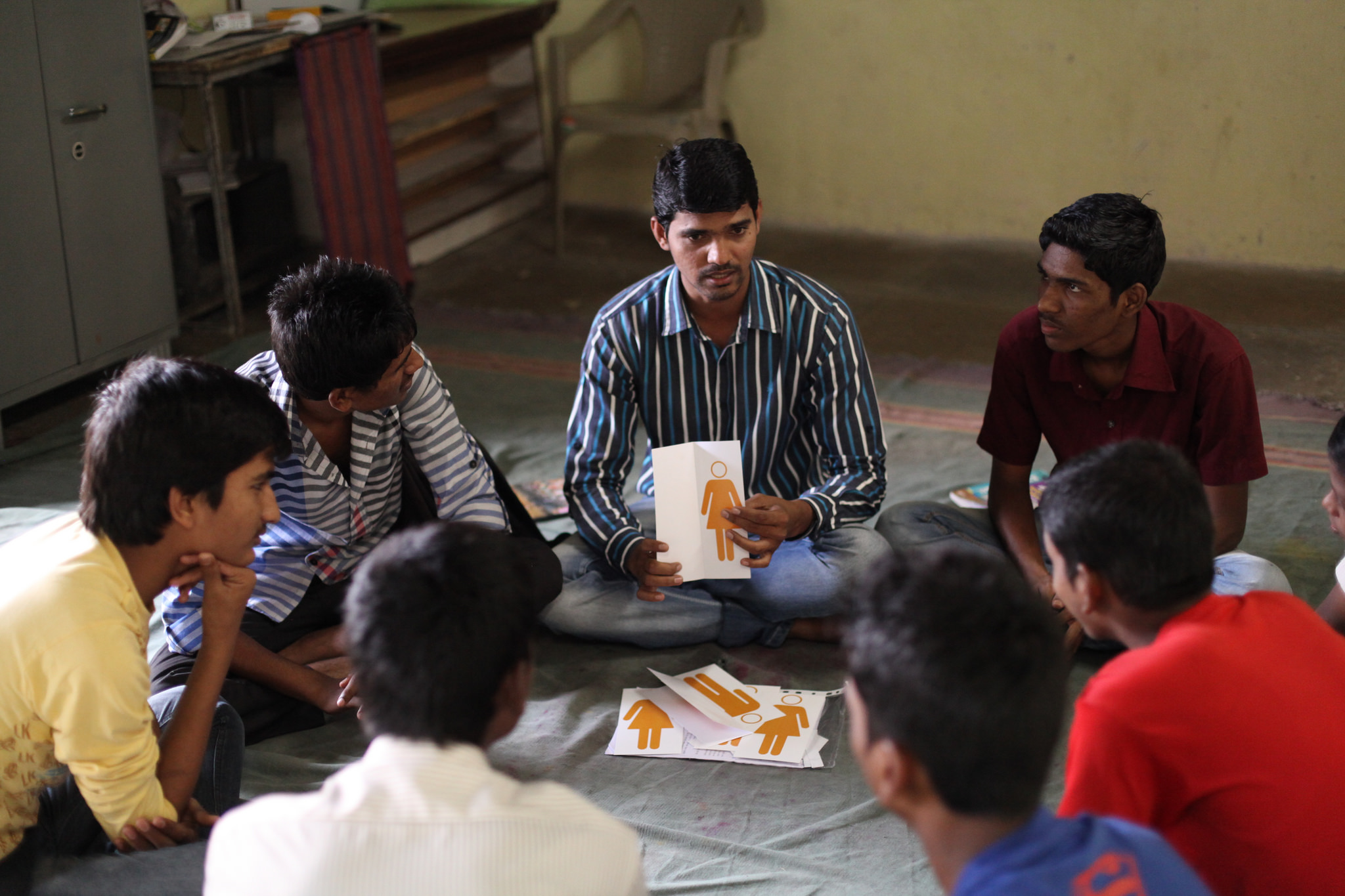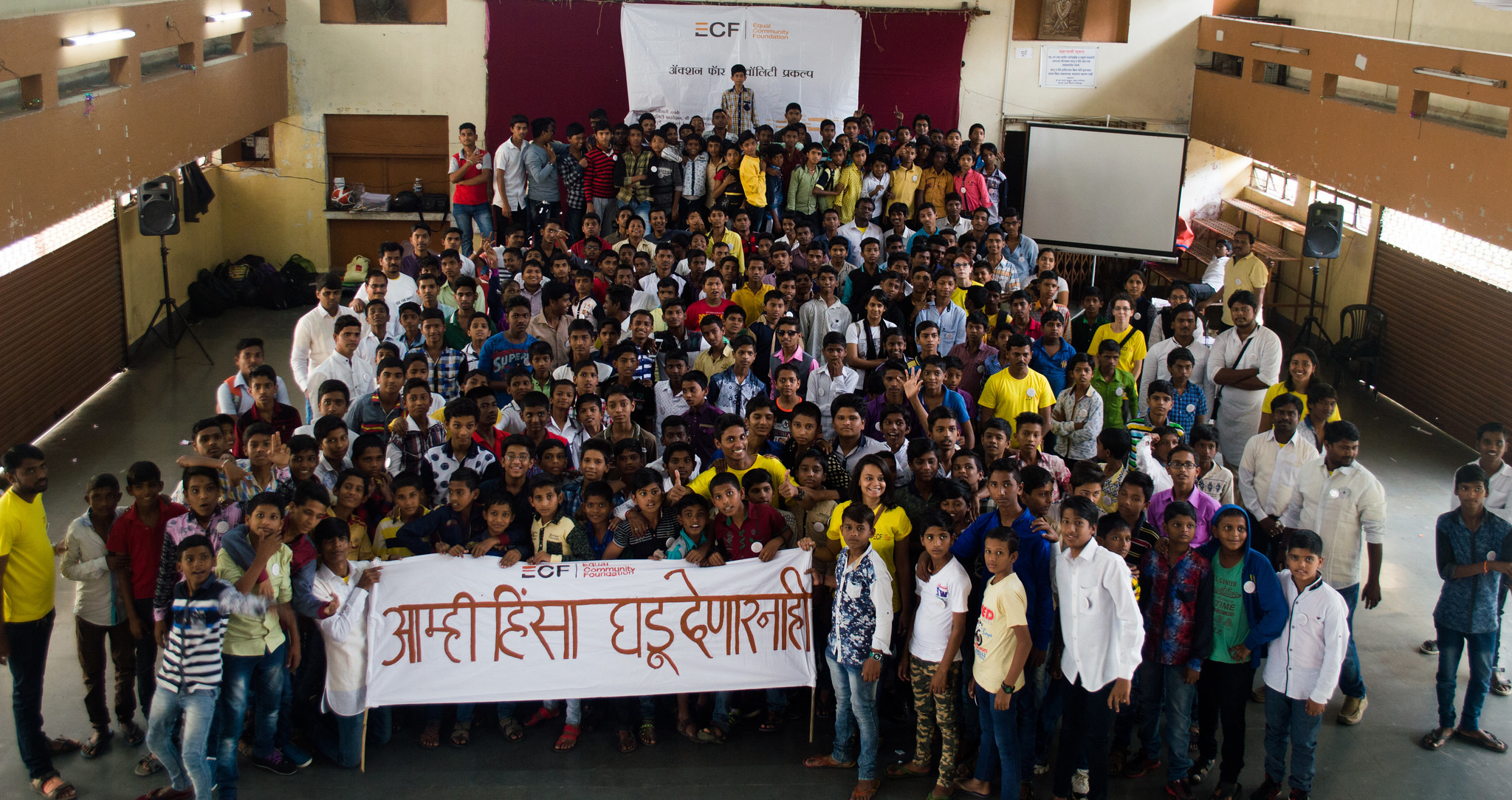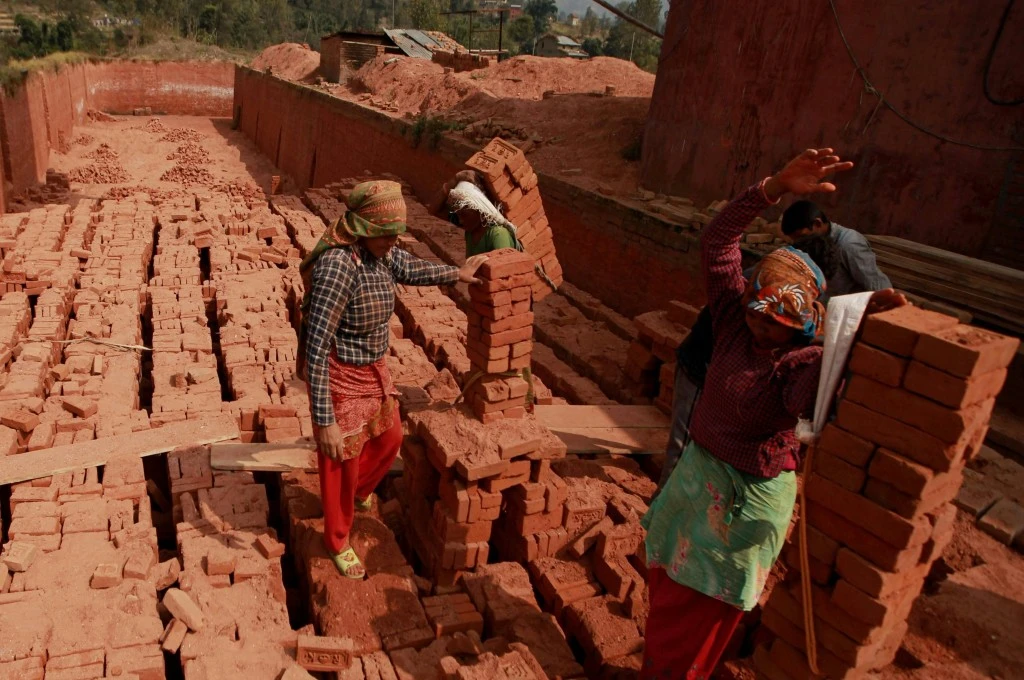There are approximately 230 million males under the age of 18 in India, growing up in a culture that normalises violence and discrimination against women and girls. These boys and men can easily become a barrier in progress towards gender equality or become a massive force of allies in the fight. Today, when initiatives to ensure gender equality primarily focus on working with women and girls, these boys get the blame but typically remain absent from systemic solutions.
The current focus is on the outputs of ‘including’ or ‘engaging’ boys instead of the outcomes of ‘changing’ or ‘raising’ boys.
The sector has recognised the need to include boys in solutions but the how-to is still under-researched. In addition, the focus is currently on the outputs of ‘including’ or ‘engaging’ boys instead of the outcomes of ‘changing’ or ‘raising’ boys. If we are to make progress towards SDG 5—achieve gender equality and empower women and girls—then raising gender equitable boys must be an outcome that all organisations working towards the goal invest in, alongside outcomes for empowering girls.
Based on a recent survey facilitated with the support of Rohini Nilekani Philanthropies by Equal Community Foundation, the nonprofit I co-founded, respondents identified the following key barriers to organisations adopting the approach:
- lack of funding (76%)
- lack of tools (51%)
- lack of skilled team (50%)
- lack of understanding of methodology (39%)
- lack of evidence (34%)
Organisations we have worked with over the last two years have echoed that a combination of these key barriers can be overwhelming. Here are eight steps that can help solve the complex puzzle and make it manageable.

Photo Courtesy: Equal Community Foundation
Starting to include a new beneficiary group with a new objective need not always be complicated. The best place to start is where you are currently working. It may be rural or urban. It may be in communities or in schools.
Appoint one person from your team to learn about the approach of working with boys and men with the support of existing materials available online and by linking them with organisations who have expertise in the area to mentor them. This person is crucial and needs to have the support and guidance of the management team to do this work. Start in one to four groups or communities. Ask one of your existing donors to provide seed funding to support this work and assure them that if the initial results are positive, additional funds will be raised to grow it.
It is important to reach young men in adolescence whilst their attitudes and beliefs about gender and sexuality are still developing. Studies suggest attitudes are formed when they are even younger. However, in the adolescence stage, they have the agency to change, challenge and negotiate. Even at this age they can positively support women and influence other boys and men. These attributes only increase as they become partners, husbands, fathers and role models.
Integrate the outcome of raising gender equitable boys into the organisation’s core objectives and programme activities so that the cost of engaging a boy is incremental. For example, if your organisational theory of change identifies ‘increase the age of first pregnancy, or marriage for girls’ as a key outcome, then boys being gender equitable is a prerequisite. If your organisation focuses on prevention of child marriage or improving access to health and sanitation for girls, think about the role boys can play as allies.
Related article: Want empowered women? Start thinking about how to help young men
Tools you need to think about when starting this work are the operational model, programme curriculum, and monitoring and evaluation tools. Organisations like Promundo, Equal Community Foundation, ICRW, CORO and Centre for Health and Social Justice have developed these tools.
Some of these organisations have made their tools open source to support organisations new to this work. Based on the cultural relevance, age appropriateness, and accessibility, choose the tools that are appropriate for you. Make changes to the available tools, start implementing them, and iterate on an on going basis as you learn along the way.

Photo Courtesy: Equal Community Foundation
The duration of the programme is a crucial component that determines the quality of impact. Since we are expecting behaviour change, it is important not to stop at one-off awareness workshops. Boys need knowledge, skills and peer support to change themselves and bring about change around them. This cannot be built in a day. Ensure the work with boys is implemented consistently with the same group for a minimum period of one year and if possible more to have more longitudinal impact on the community.
When raising gender equitable boys, ensure that their development needs are addressed and that the ‘gender equality is for women’ myth doesn’t get reinforced. Create a constructive safe space, where boys have the opportunity to understand how gender norms affect them, and how they can benefit from gender equality. Refrain from using any language that ‘blames’ boys. After all, no constructive conversation can start with an accusation.
Related article: We need to talk about men
Behaviour change is gradual and therefore it takes time to see the impact. However, with the help of process indicators, we know whether we are moving in the right direction. Instead of implementing a complex monitoring and evaluation frame work, it is best to introduce it in phases so that it doesn’t distract you from delivering a good programme and in fact helps in improving the quality of the programme.
For example, starting with basic participation data, you can quickly move to looking at the self-reported attitudes and behaviours amongst boys, then move on to measuring changes experienced by female family members and peers, and then to measuring change at the community level. The capacity of the team is an important criterion to consider when planning for these phases. Again, some of the organisations mentioned above do share their tools along with guidelines so you need not develop them from scratch. For example, by becoming a member of Project Raise, an initiative of Equal Community Foundation, any organisation can have access to resources and training.
Identify collaboration opportunities with organisations working with women and girls. This collaboration can be for sharing infrastructure, providing support in the mobilisation of stakeholders, or for doing referrals for appropriate issues and cases. Girls and boys can help each other in understanding the challenges the other one faces and build collective solutions that address those challenges. Most importantly, the work with boys, whether in isolation or in collaboration with women and girls, must ensure that it doesn’t reinforce gender norms and be counter productive.
And finally, the next time you are talking about the ‘gender lens’ with practitioners, donors and government institutions, do talk about how boys can become a part of the solution.





